A teaching resource to help consolidate their current spelling program and grammar use.
This teaching resource is a classroom worksheet designed to complement the spelling program you currently use in your classroom. Students will need to research and apply knowledge of their spelling words in a way that is relevant to them. Not only will they need to display their vocabulary understanding, but students must also apply your classroom’s grammar focus to their sentences, integrating concepts within an activity.
As an extension, ask your students to combine as many words as they can, not only saving time but extending their skills in their vocabulary and writing in a strategic way.
This activity includes spaces for 10 words; however, you can extend this quantity by completing this activity in your book or laptop. It is recommended that they use the word in its state. For example, if the spelling word is worked, they cannot change it to working, work or works to suit their sentence.
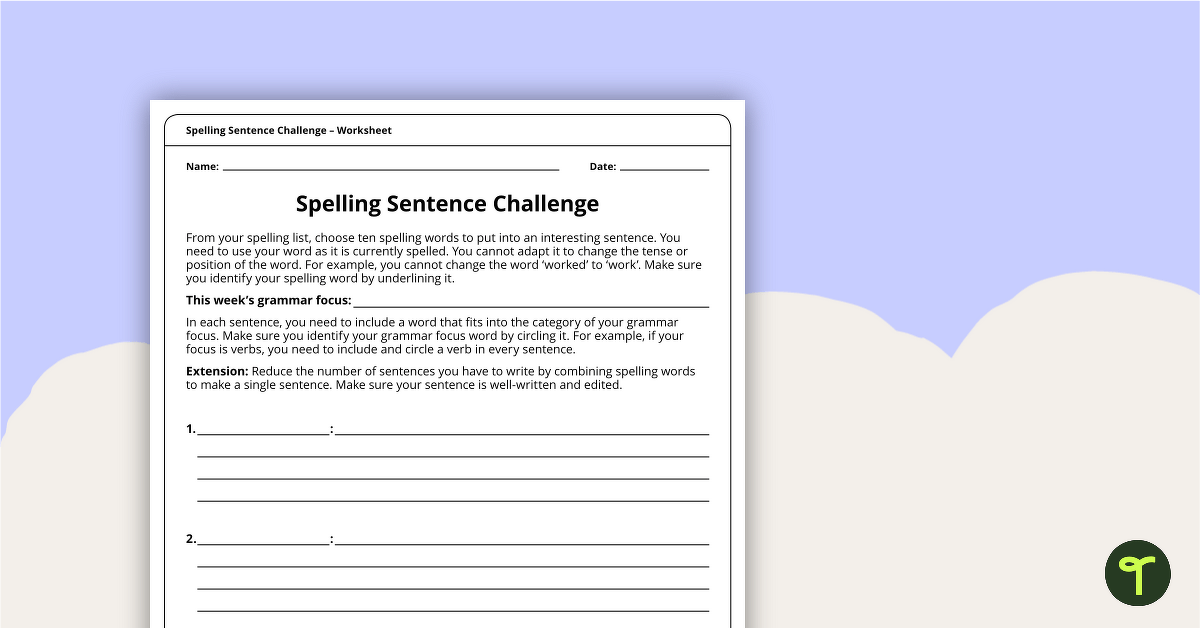


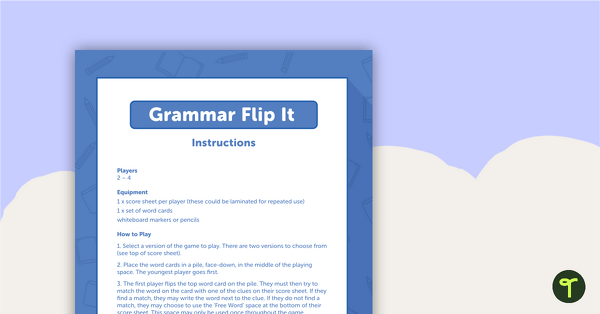
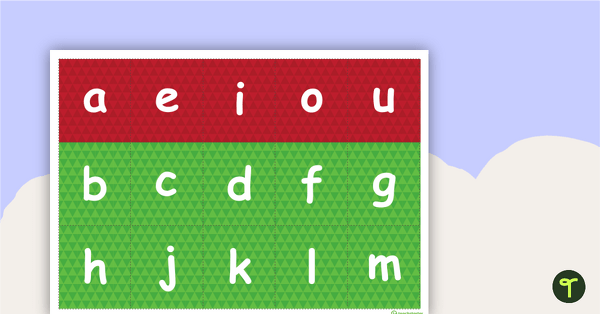
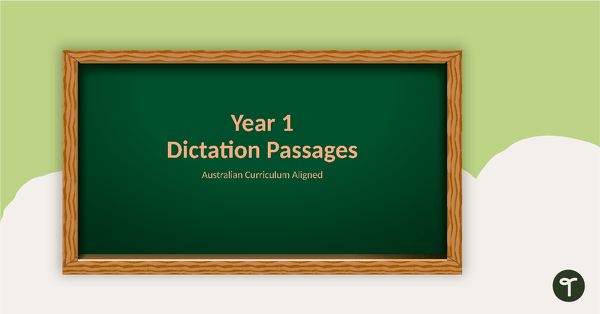
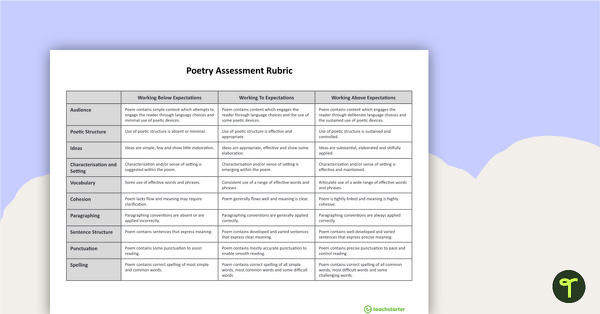
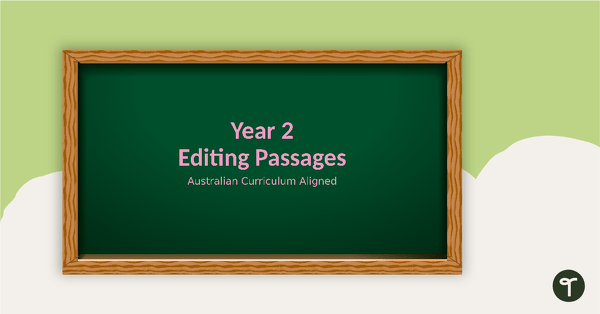
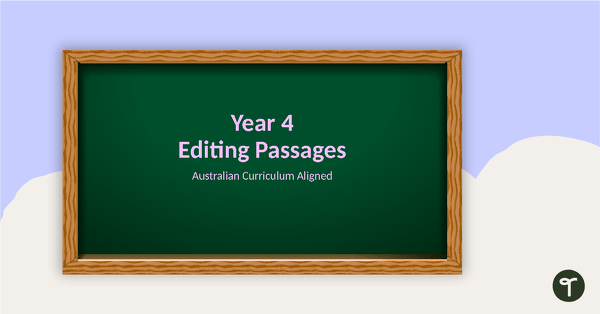

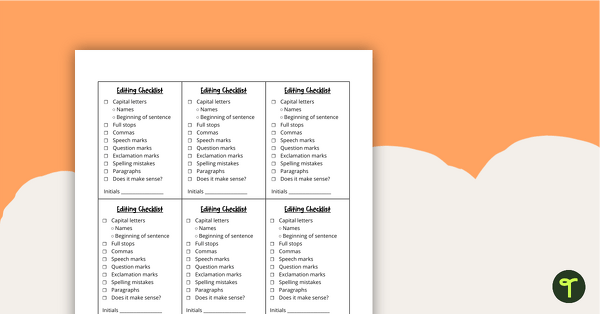
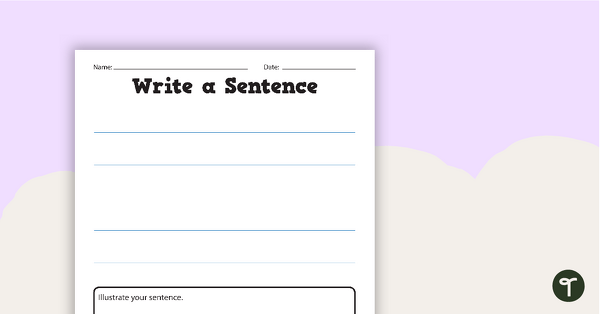
0 Comments
Write a review to help other teachers and parents like yourself. If you'd like to request a change to this resource, or report an error, select the corresponding tab above.